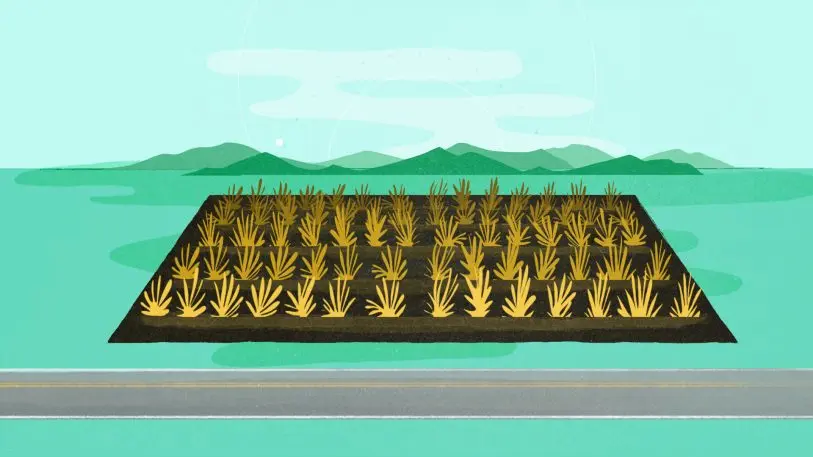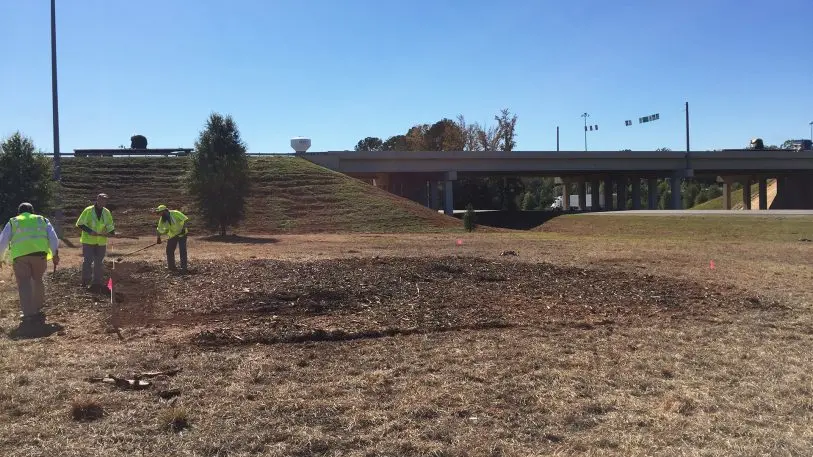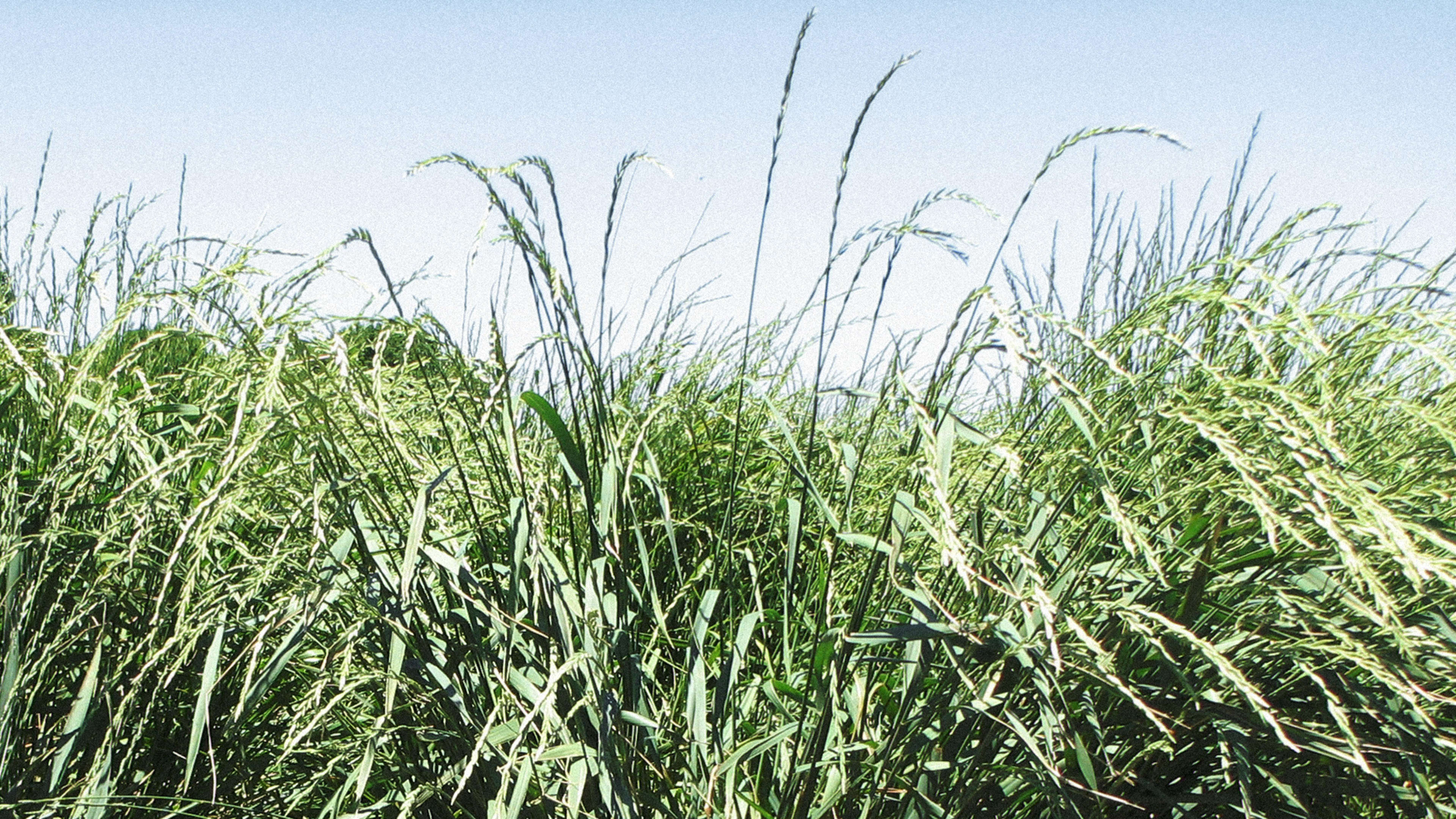On a small section of highway near the exit for the small town of West Point, Georgia, a new experiment is underway: The shoulder next to the road is now planted with Kernza, a perennial grain that can help fight climate change.
Until recently, like most roadsides, the area was planted with grass, and this particular stretch of highway in a relatively rural part of Georgia might seem like an unlikely place for sustainable innovation. But it happens to be part of “The Ray,” a project to create the world’s first sustainable highway.
On a nearby part of the highway project, which was created with seed money from the Ray C. Anderson Foundation, a solar farm in the shoulder generates energy while native plants provide food for pollinators. In another section, 50 square meters of the road is paved with “solar pavement” that generates power within the road surface. The new planting of the Kernza crop is the latest pilot along the road.

The plant was highlighted in Paul Hawken’s book Project Drawdown as an effective tool for fighting climate change. Hawken, who has connections to The Ray, helped introduce the organization to the plant. They’d previously considered growing other plants, such as bamboo, but realized that the roots of fast-growing bamboo could be destructive to pavement.
The pilot will be the first time that Kernza is grown in the Southeast, and the first time that it is planted next to a highway. “If we are successful, this plant has very deep root systems that will be much more viable and resilient to sun exposure and drought and other changing climate conditions–much more resilient on the roadside than grass, which is what is normally sown and maintained on the shoulder,” Allie Kelly, executive director of The Ray, tells Fast Company.
Grass has roots that are typically only two to four inches deep, and the plant is difficult to maintain on degraded soils and in the harsh conditions next to roads. It also captures less carbon as it grows.
For state transportation departments, the new crop could also be a source of revenue. “Right now we don’t earn anything from the right of way,” says Kelly. “Certainly it’s a land asset, but right now it’s an expensive land asset, because we as citizens of any state are paying to seed it with fragile turf grass, and mow it, and we have to fund the equipment and the humans to mow it every eight weeks. It does not perform well.”

Next to the highway, however, where roadside runoff and trash have polluted the soil, The Ray doesn’t plan to use its Kernza for food in the near future. Instead, the crop could be used by companies that make paper towels and other disposable products that are typically made from trees.
“This is something that could provide additional land for farmers to cultivate, and provide a sustainable feedstock for massive companies that are providing highly consumable goods,” Kelly says. It’s key, she says, for all of the projects that The Ray demonstrates to be financially viable, not just environmentally sustainable.
If the pilot goes well, it will serve as a model for other state transportation departments. “We have to pierce the veil of the transportation sector and inject more technology and innovation,” Kelly says. “We still are following some of the same methods of construction and maintenance that we’ve been using since we starting building the interstate system back in the ’50s and ’60s. You’ve got to get the technology on the road in a working public environment to show people that it’s real and that these technologies exist. It’s here now. We don’t have to wait any longer.”
Recognize your brand’s excellence by applying to this year’s Brands That Matter Awards before the final deadline, June 7.
Sign up for Brands That Matter notifications here.
